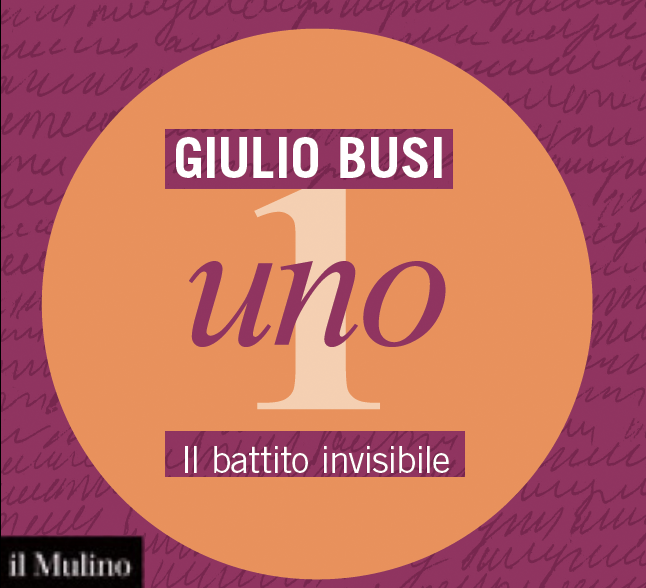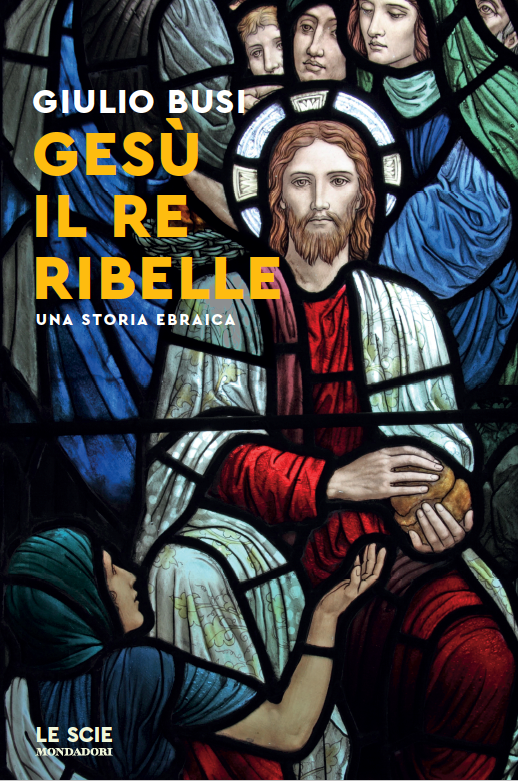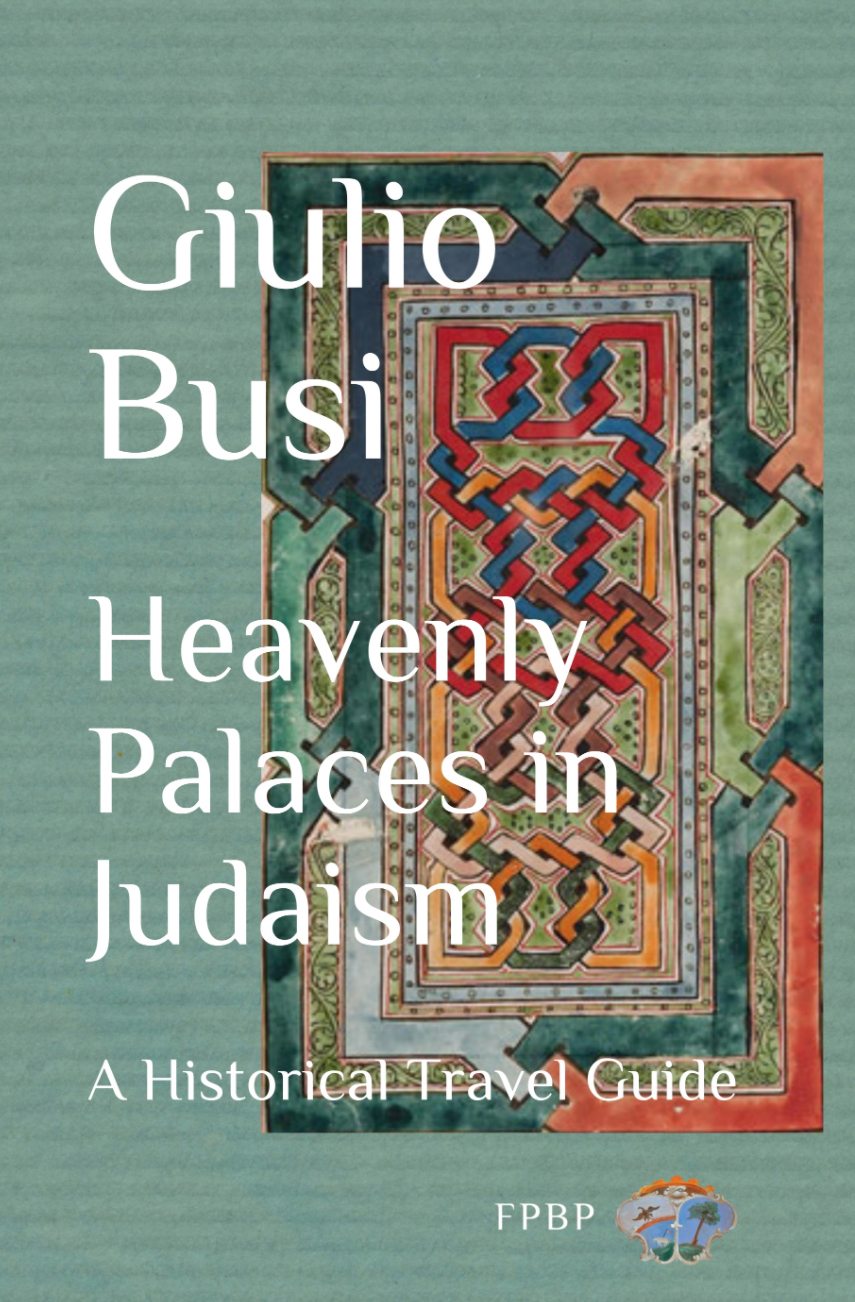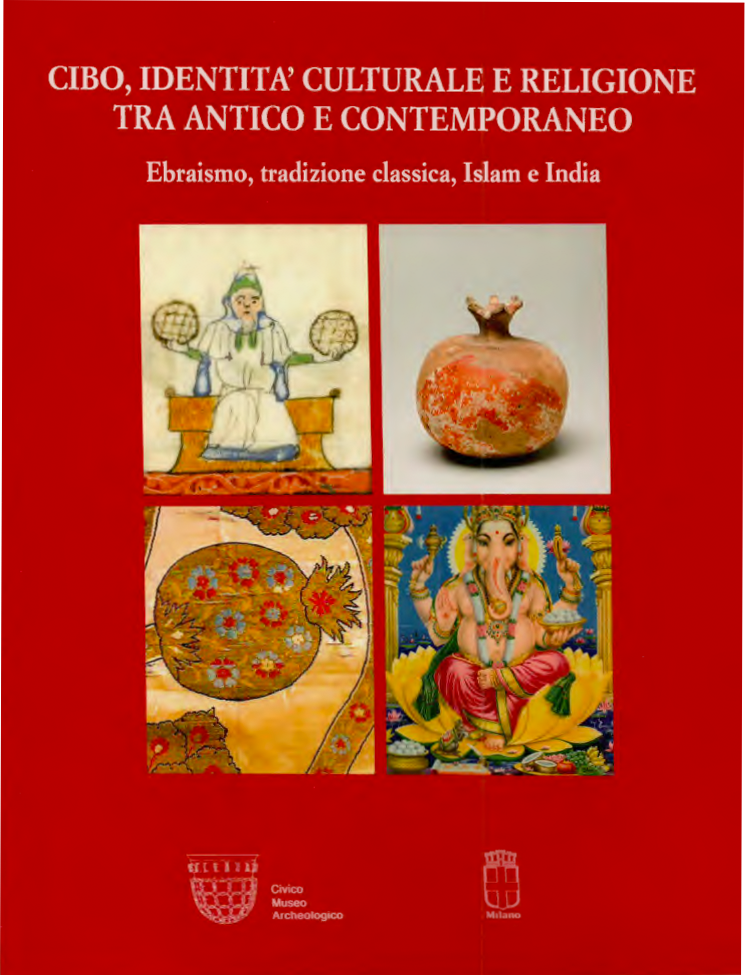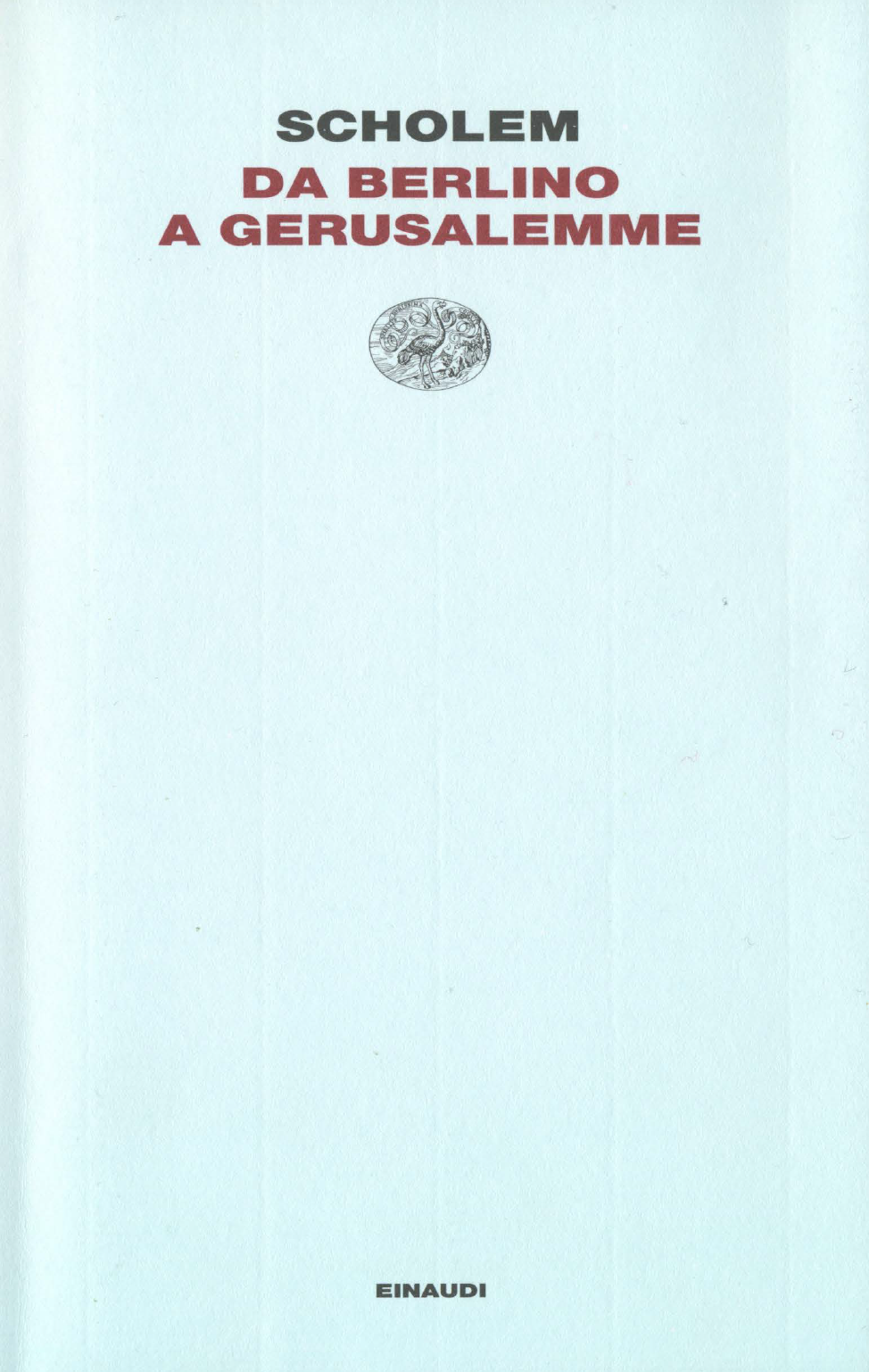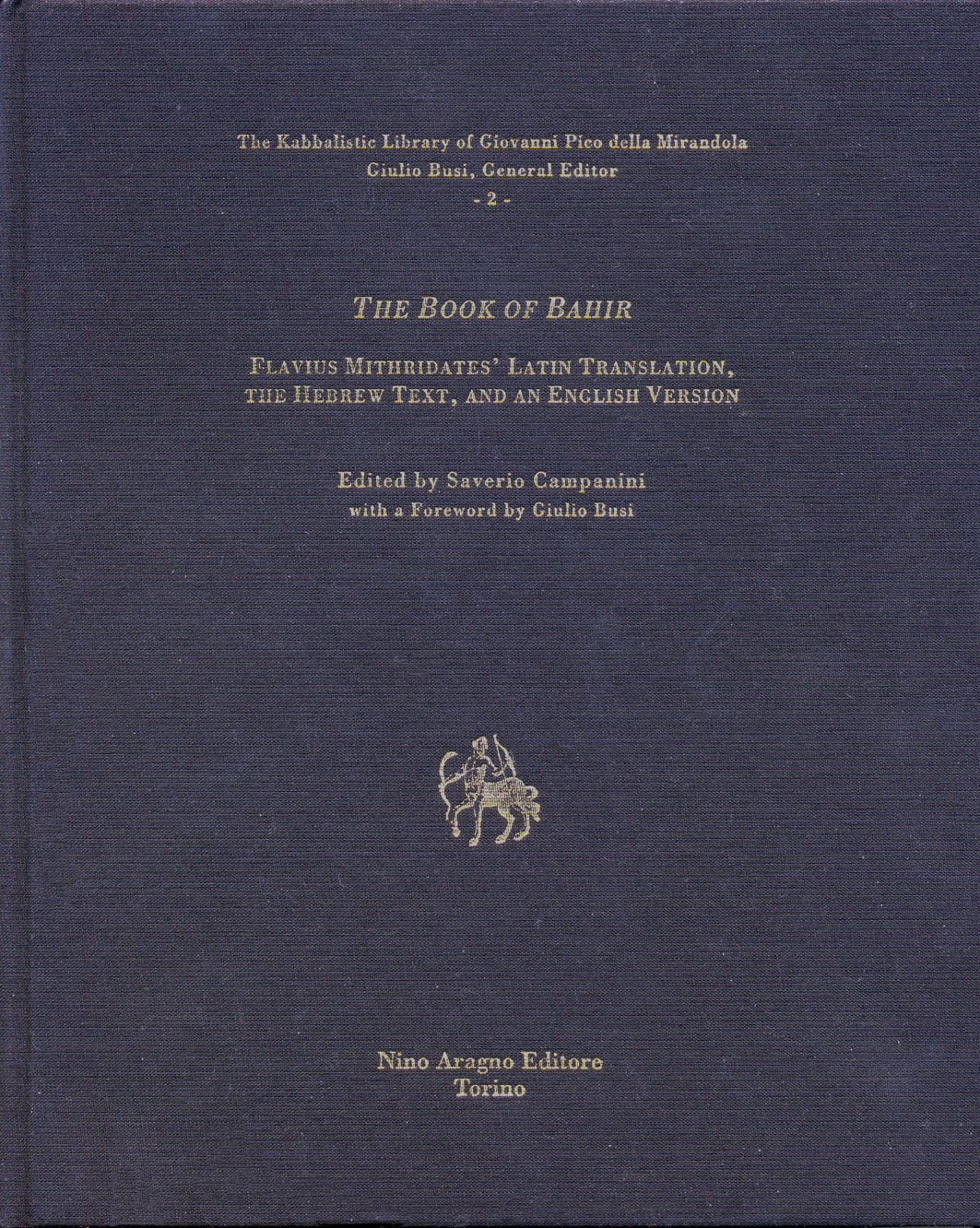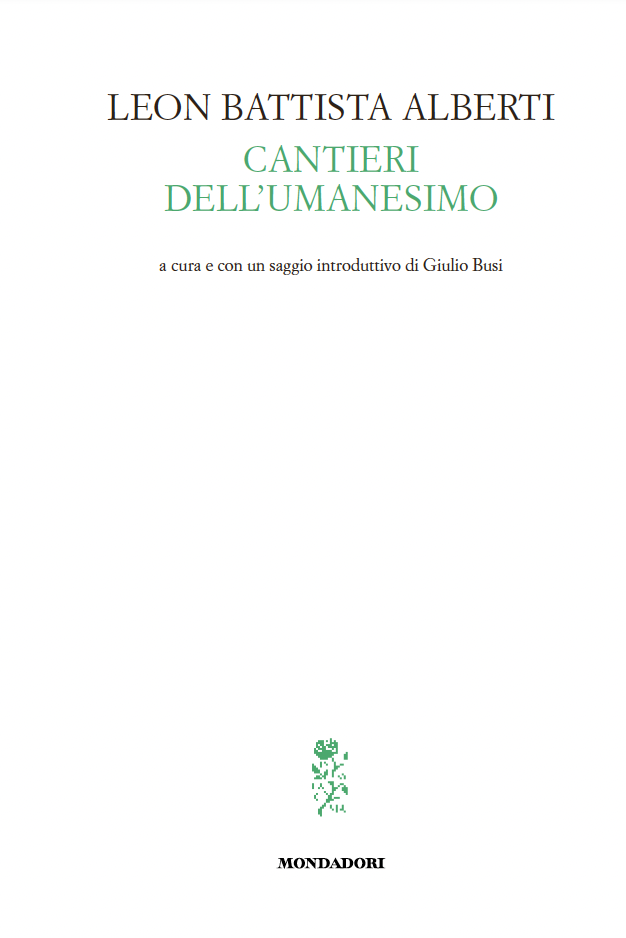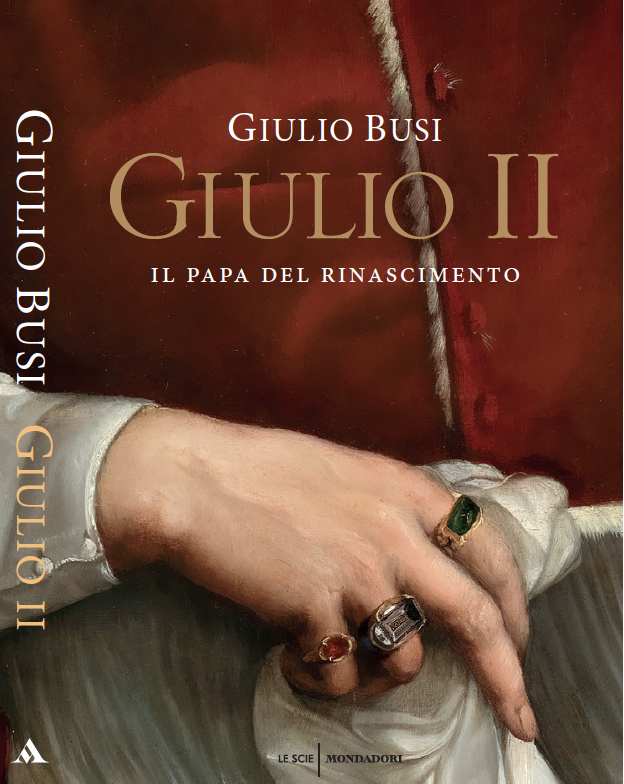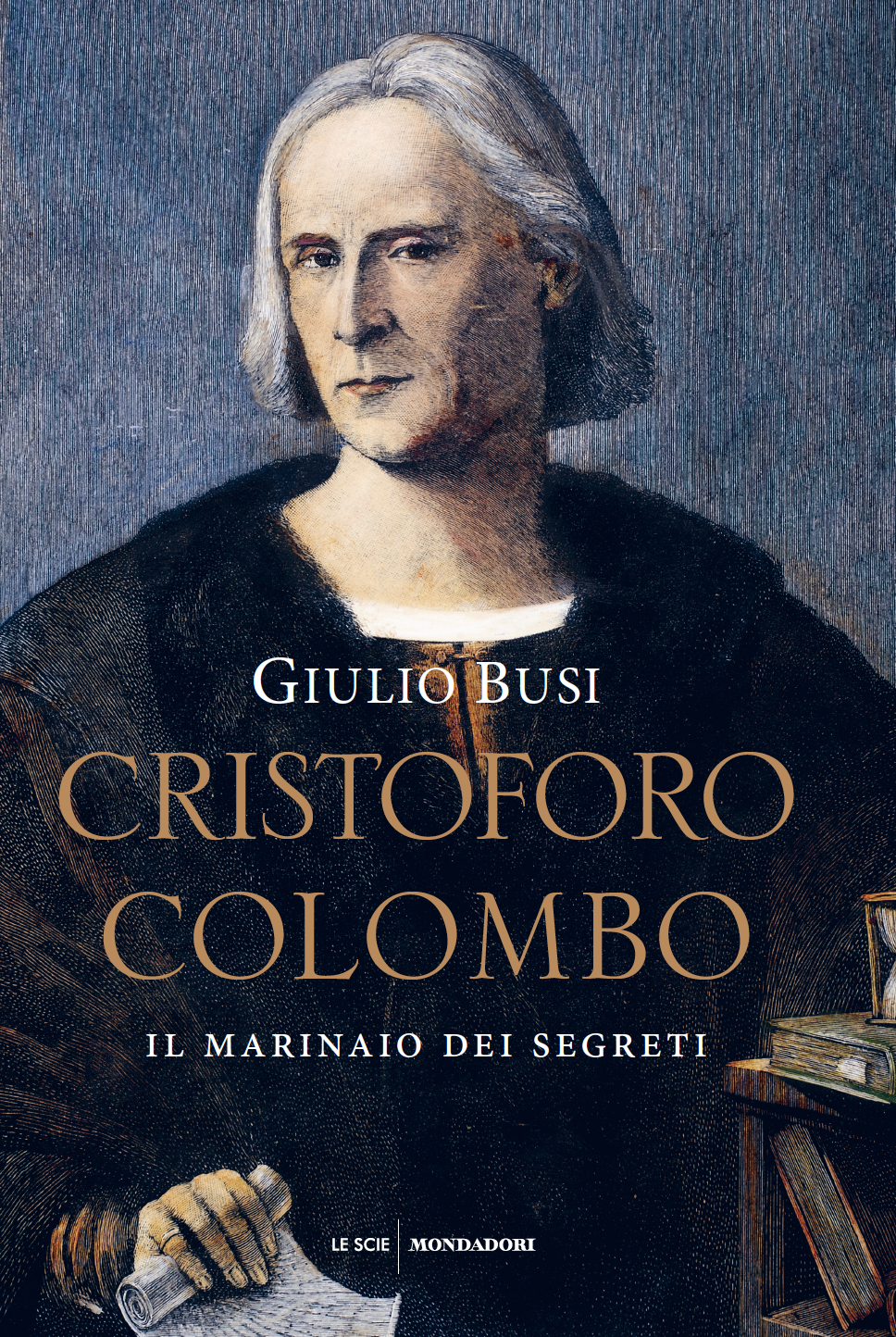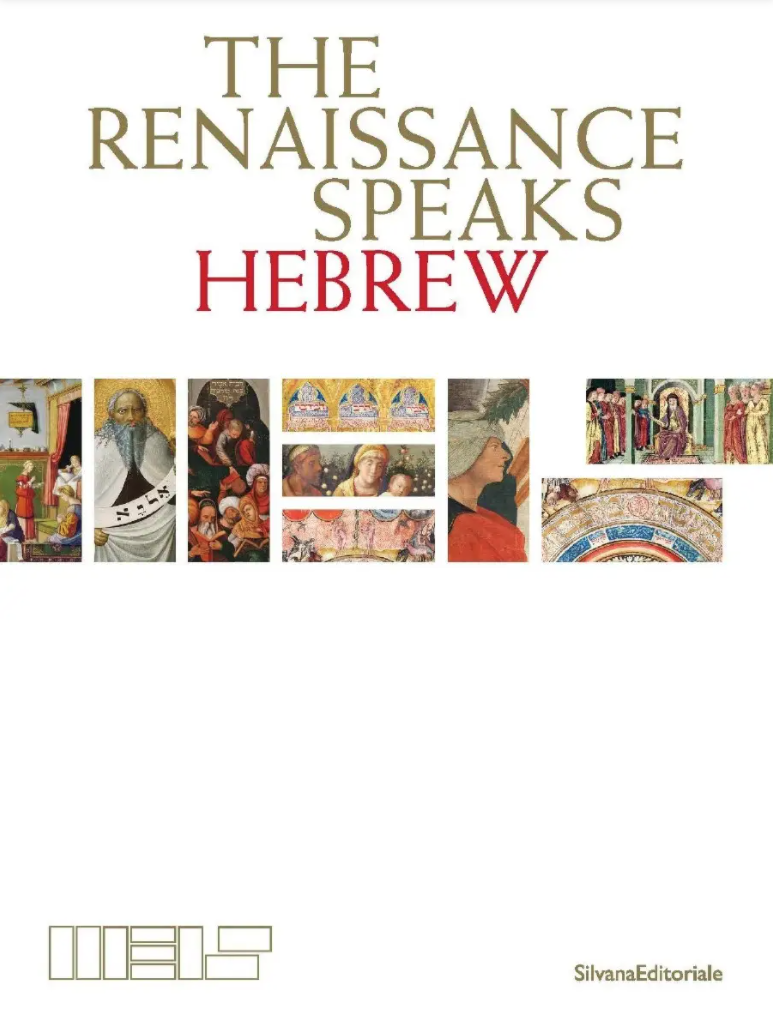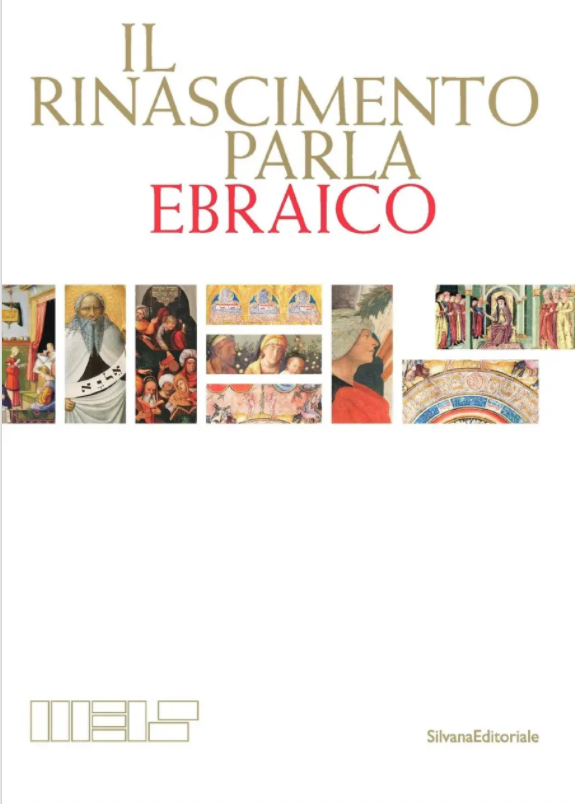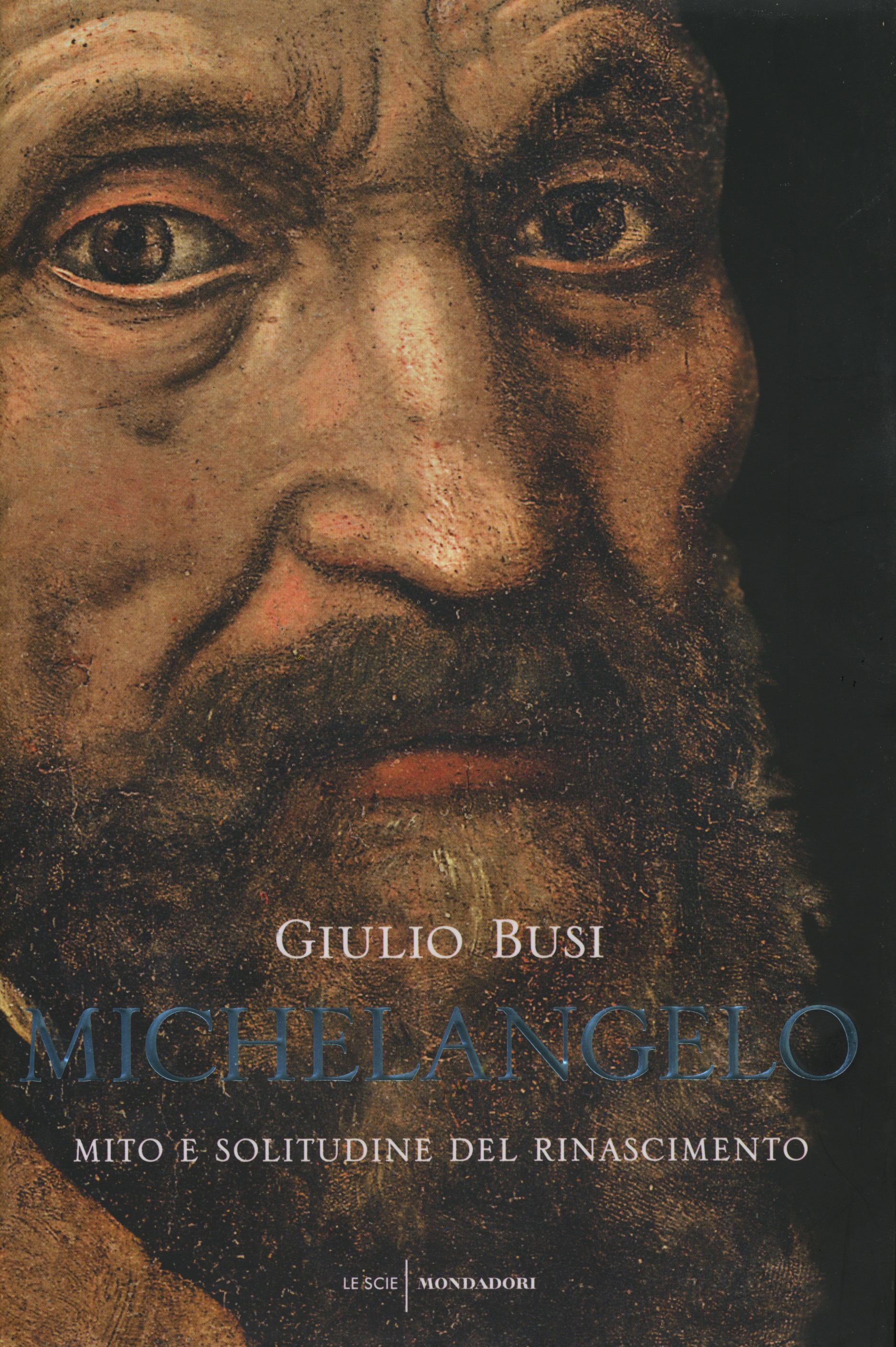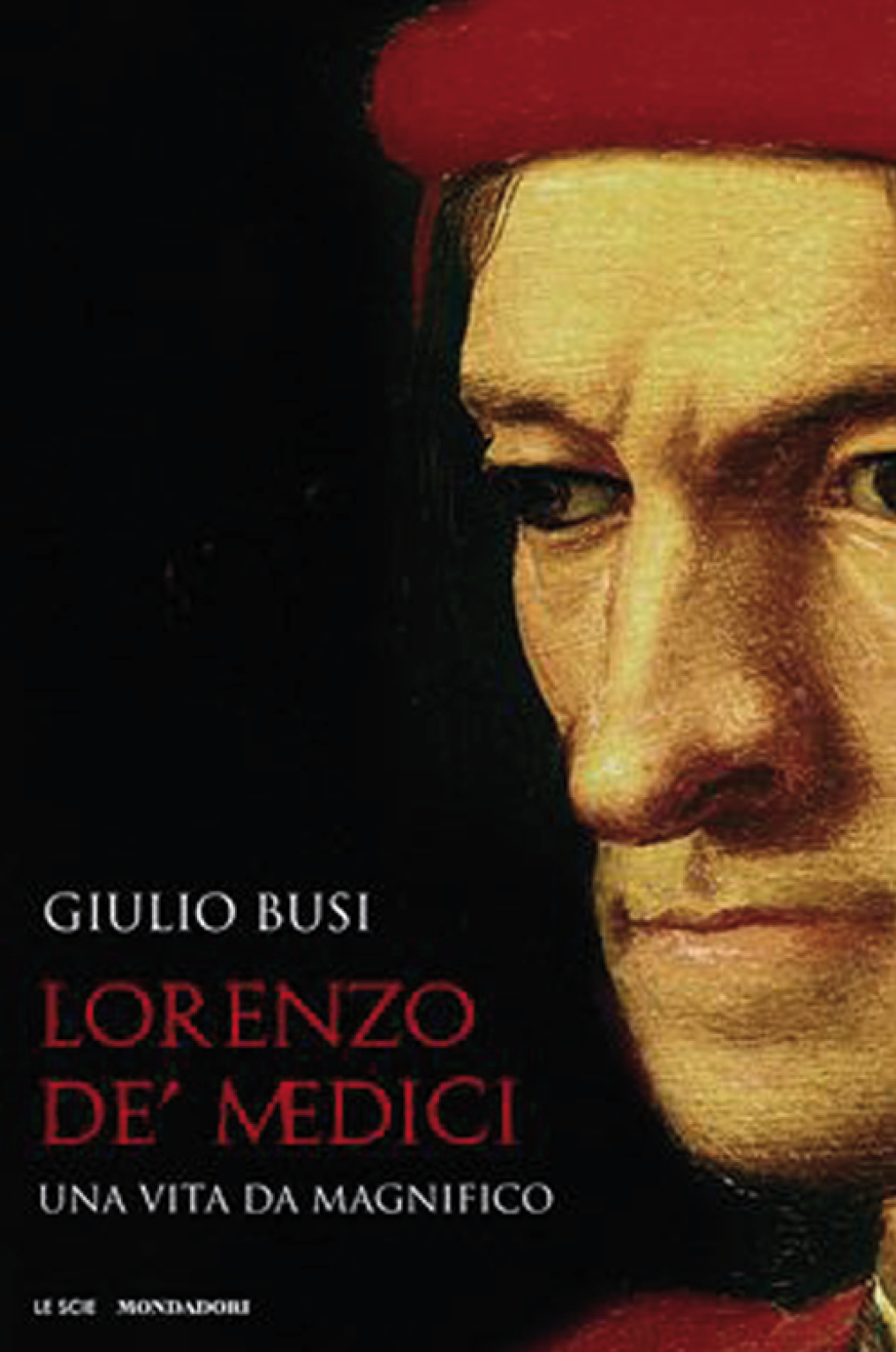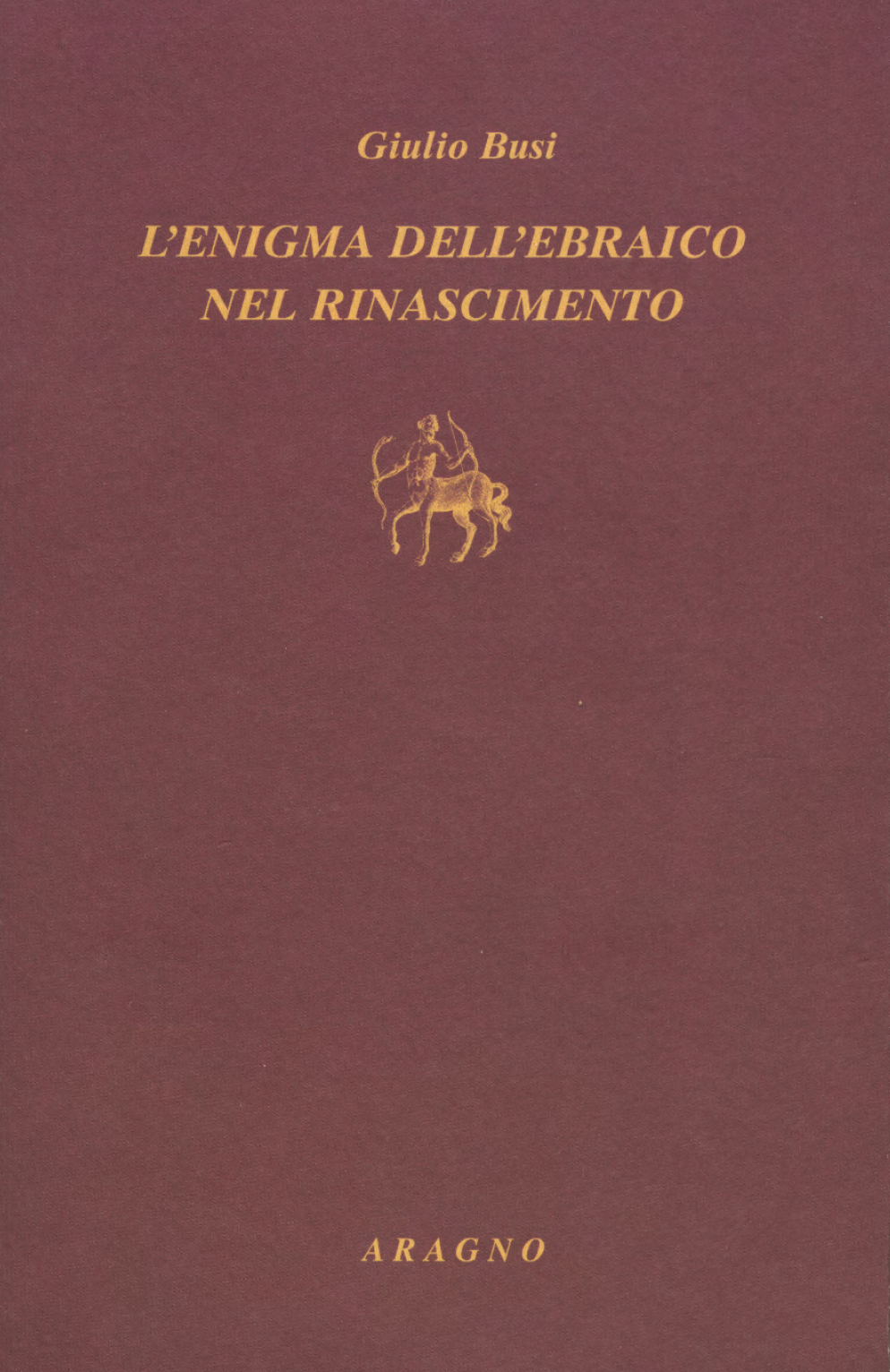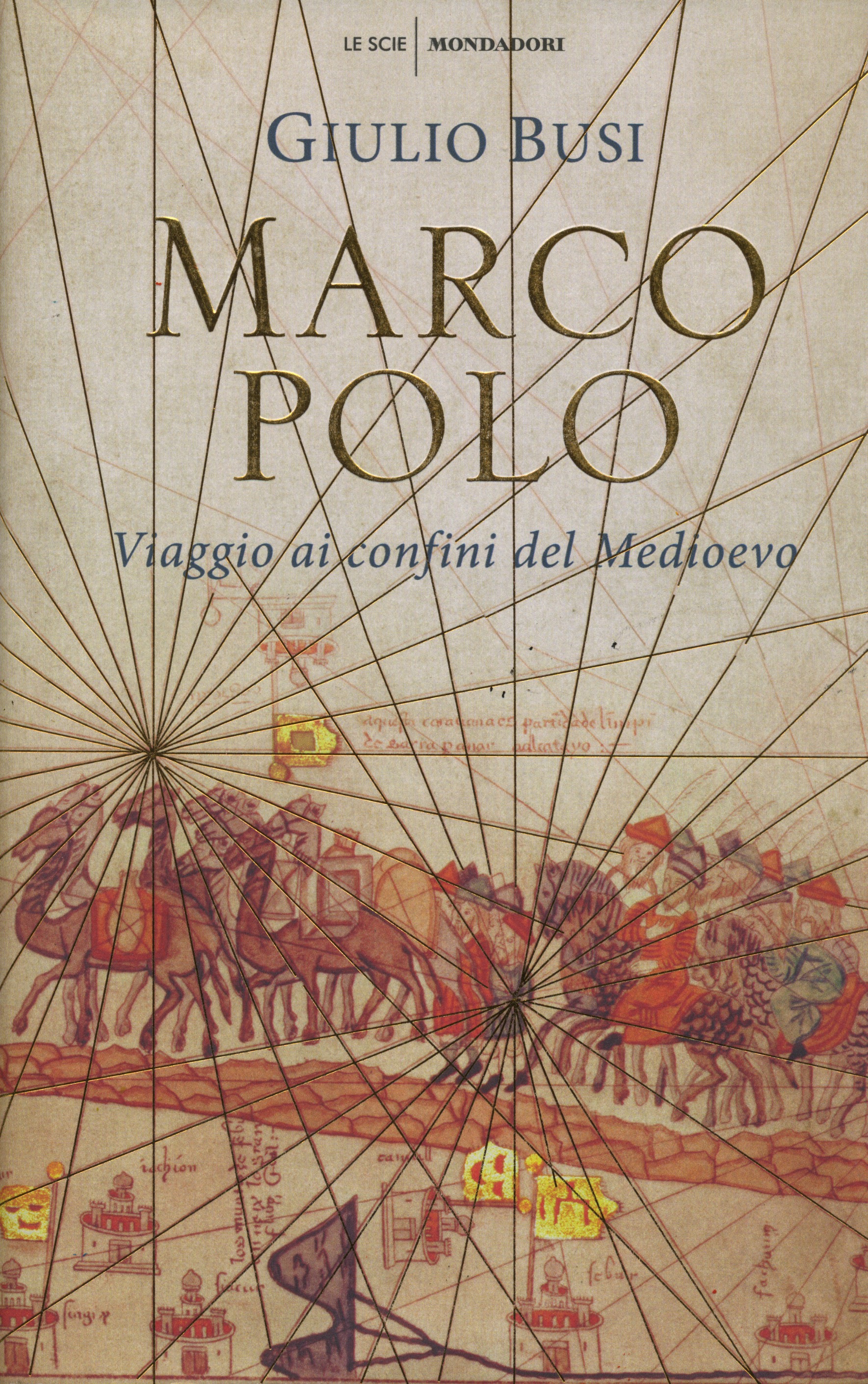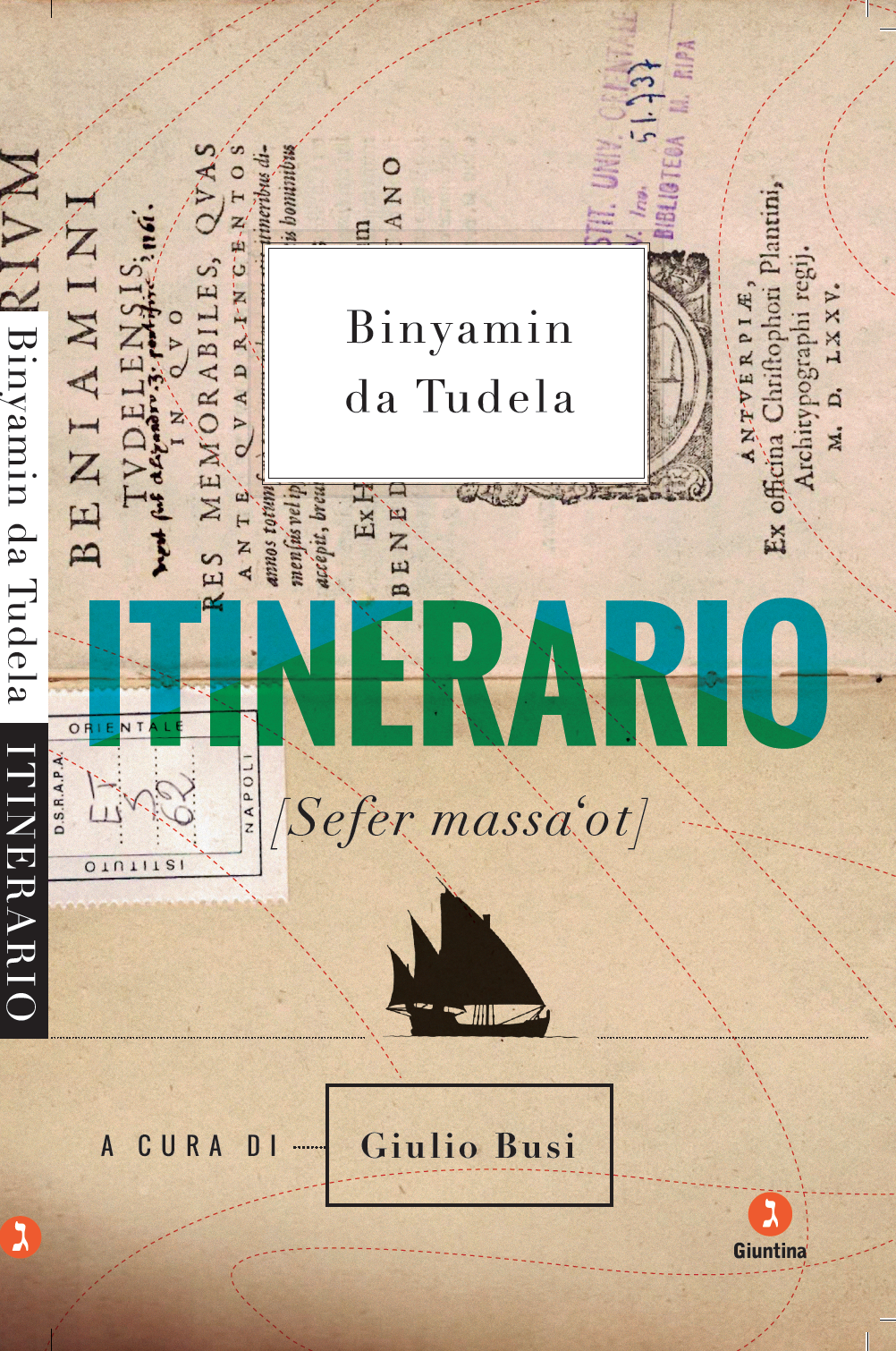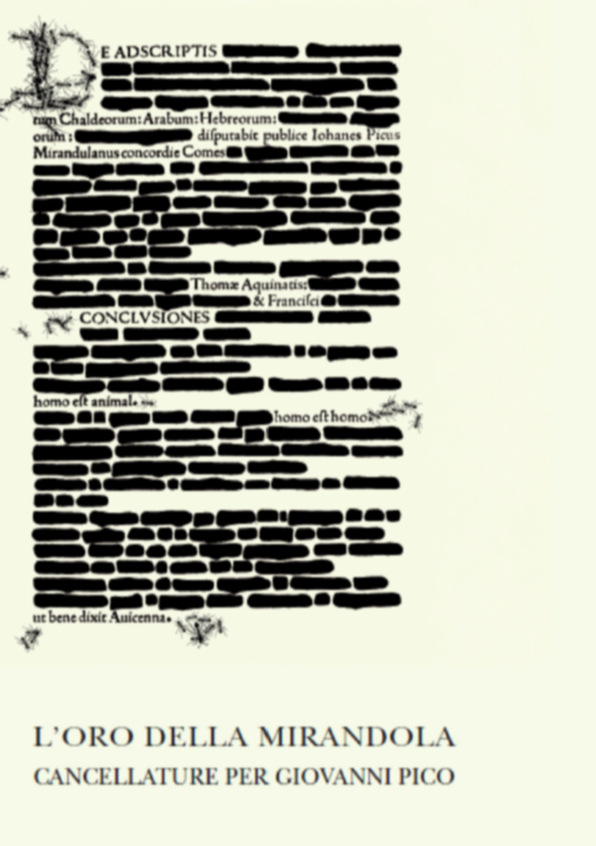Gesù, il re ribelle. Una storia ebraica, Milano, Mondadori, 2023 ("Le Scie"), 146 p.), ISBN 978-8804777410
Who, really, is Jesus? We know what he became after his death, over two thousand years of Christian faith. But how do contemporaries regard him? What do they think when they hear him speak and as they see him act? Just before the end, he speaks enigmatic words about himself, "I know where I come from, and where I am going. You, on the other hand, do not know where I come from and where I am going" (Jn. 8:14). Can this message from a Jewish "king" also illuminate the origin and goal of our lives? Through a dense and passionate dialogue with the Gospels, Giulio Busi profiles a rebellious Jesus, quite different from the image of the good shepherd, meek and mild, transmitted by much of the Christian tradition. He is the Jesus of controversy and invective. And, at the same time, the visionary Jesus who subverts and transcends all limits of space and time, constantly moving between the "here" of suffering and oppression and the "there" of peace and spiritual life. Outlined clearly in these pages is, in particular, a "Jewish history" of the teacher of Nazareth. For him, in fact, Jews are never "them" but "us." And if his rebellion is also directed against the Jewish religious elite, it is still the rebellion of a Jew, proud of his belonging, who knows how to interpret the Torah in an extraordinarily refined, yet free, new, creative way. In the end, Jesus is a proscribed king, on whom an arrest order hangs. An itinerant rabbi hunted down and forced into hiding. When he goes up to Jerusalem for the last Passover, he knows he will be betrayed, captured, beaten, killed. His people stray, deny. Only one group of women does not leave him in his darkest hour. And only one woman seeks her master and first finds him, at dawn, in a garden, beyond death. Judaism rejected the powerless kingdom personified by Jesus. Christianity transformed the wandering mission of the early Jewish disciples, without family or possessions, without baggage or weapons, into a solid, well-constructed reality capable of lasting for millennia. But Jesus' rebellion still continues.
